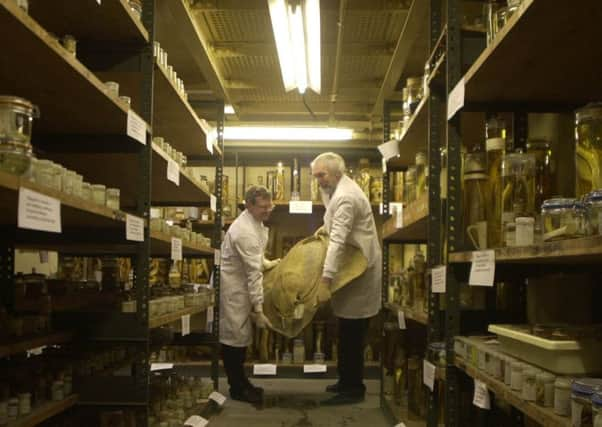Museums ‘show bias towards male specimens’


Researchers analysed birds and mammals collected between 1751 and 2018 by five museums: the Natural History Museum in London; the American Museum of Natural History in New York; the Field Museum of Natural History in Chicago; the Museum of Natural History in Paris; and the National Museum of Natural History at the Smithsonian Institution in Washington DC.
They found that bird collections contained 60 per cent male specimens and 40 per cent female. In mammal sections, 52 per cent of specimens were male and 48 per cent female.
Advertisement
Hide AdAdvertisement
Hide AdThe researchers, from the Natural History Museum and the University of Adelaide, decalred: “Sex influences many aspects of an individial’s ecology and life history.”
This aspect is often treated as a “nuisance variable, overlooked entirely or data collection focuses on just one sex” and has “implications for studies that assume their samples are representative of the whole population or species”.
The proportion of female specimens had not changed significantly in 130 years. “Natural history collections play a critical role in informing multiple research disciplines answering vital questions for the future of biodiversity,” said the researchers.
They added that museums should have “an awareness of biases within their collections” in terms of sex, but also in terms of age and locality among other factors.
The report recommended that museums should acquire material to “best resolve those biases”.
Dr Natalie Cooper of the Natural History Museum said: “If natural history collections have unbiased sex ratios - that is, close to 50 per cent males and females, or reflective of the sex ratio for the species in the wild - then this may not be a problem.
“If there is a bias in the sex composition of collections, this has implications for studies that assume their samples are representative of the whole population or species.”
She added: “In particular, a major suspected source of male bias in collections for some species is deliberate selection for large, ‘impressive’ male specimens, especially where males are larger or more colourful than females, or possess ornaments or weaponry such as horns or antlers.”